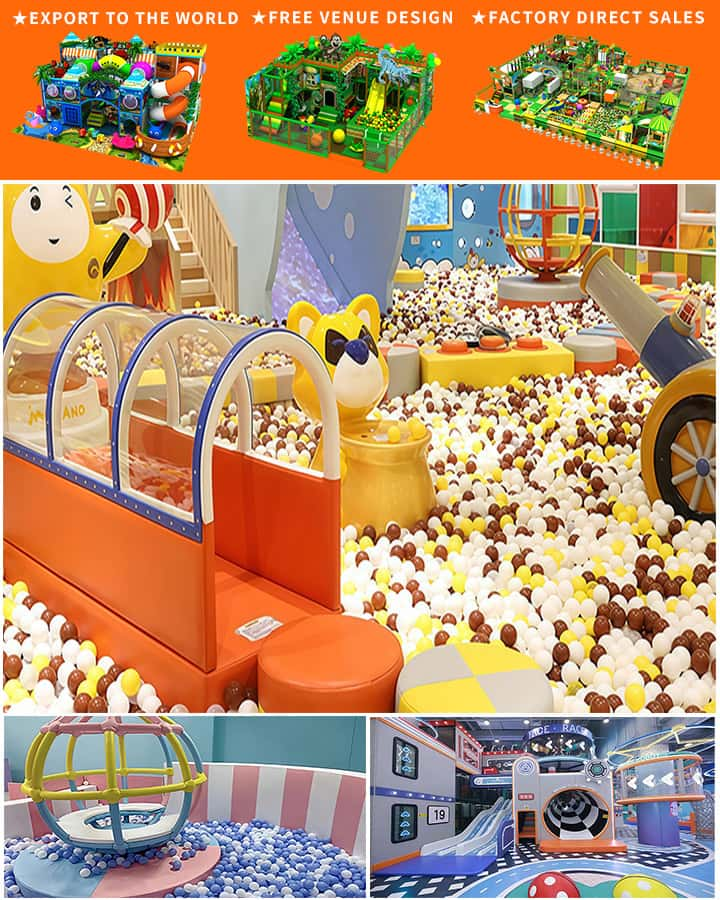Are you considering diving into the exhilarating world of indoor trampoline parks? The rising popularity of these fun-filled venues makes them a compelling investment opportunity. However, one critical factor that stands between your vision and reality is cost. Understanding the expenses involved in building an indoor trampoline park can help you plan effectively and ensure your venture is financially viable. Let’s break down the key components that contribute to the overall cost of constructing such a facility.
1. Location and Land Acquisition
The very first step in determining how much it costs to build an indoor trampoline park is securing a suitable location. Prices vary significantly depending on the geographic area, proximity to urban centers, and the size of the property. Prime locations in bustling cities or affluent suburbs may command hefty prices due to higher foot traffic and greater visibility. Conversely, more remote areas might offer lower land prices but could also mean fewer potential customers.
2. Construction and Renovation
Once you have secured a location, the next major expense comes from construction or renovation. This includes everything from architectural and engineering fees to actual building construction. If you’re converting an existing space, you might save on some costs related to new construction, but extensive renovations will still be necessary to meet safety standards and create the desired environment. On average, expect to spend anywhere from \(50 to \)300 per square foot, depending on the complexity and scale of the project.
3. Trampolines and Equipment

At the heart of any trampoline park are its trampolines and associated equipment. High-quality commercial-grade trampolines are essential for safety and durability. Additionally, you’ll need to invest in foam pits, climbing walls, dodgeball courts, basketball hoops, and other attractions. The initial purchase and installation of this equipment can range from \(10,000 to \)50,000 or more, depending on the variety and number of attractions you choose to include.
4. Safety Features
Safety is paramount in an indoor trampoline park. Installing padded floors, nets, and soft landing areas are crucial to minimizing injury risks. These features not only protect your patrons but also comply with local regulations, which often mandate specific safety standards. Expect to budget around \(10,000 to \)20,000 for comprehensive safety installations.
5. Licensing and Permits
No business can operate without obtaining the necessary licenses and permits. This includes general business licenses, health permits, and specialized recreational facility permits. Depending on your location, you may also need inspections and certifications, particularly if you plan to serve food or host events. Legal compliance costs can add several thousand dollars to your upfront expenses.
6. Staffing and Training
Running a trampoline park requires a dedicated team, including managers, attendants, and janitorial staff. Hiring qualified personnel and providing them with proper training in both customer service and emergency procedures is crucial for smooth operations. Budget for salaries, benefits, and training programs—typically ranging from \(30,000 to \)100,000 annually, depending on the size of your facility and the local minimum wage laws.
7. Marketing and Promotion
Even with the best facility, attracting customers is essential for success. Allocating funds for marketing campaigns, branding, and promotional events is vital. Initial marketing efforts can range from a few thousand dollars for basic online advertising to tens of thousands for comprehensive strategies encompassing social media, influencer partnerships, and grand opening events.
Conclusion
The cost to build an indoor trampoline park varies widely based on multiple factors such as location, size, amenities, and local market conditions. On average, entrepreneurs can anticipate initial investments ranging from \(500,000 to over \)2 million. While this might seem like a substantial outlay, with strategic planning and diligent management, an indoor trampoline park can yield significant returns by offering a fun and unique entertainment experience.
By carefully evaluating each component of the cost structure and preparing a detailed business plan, you can turn your dream of owning an indoor trampoline park into a thrilling reality.




